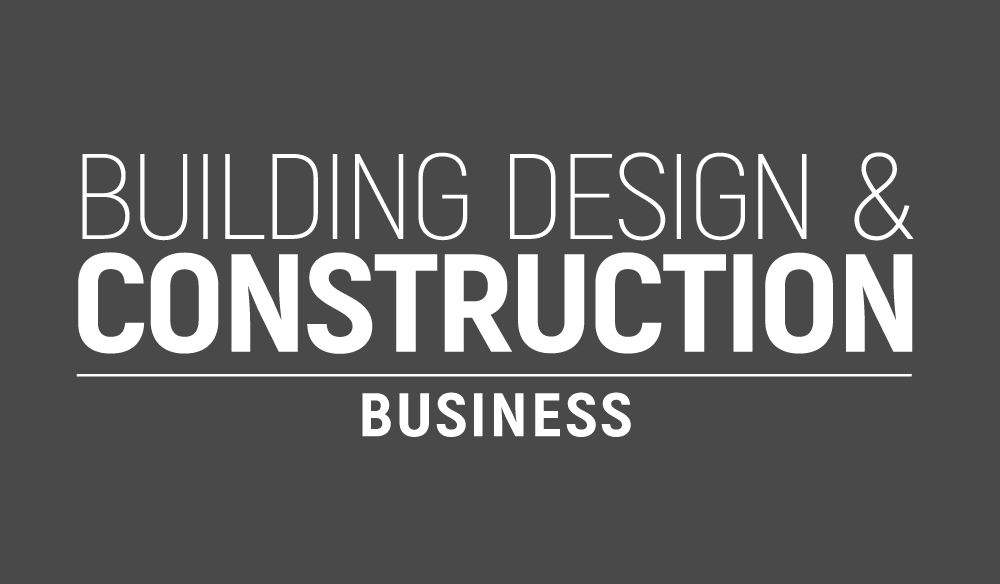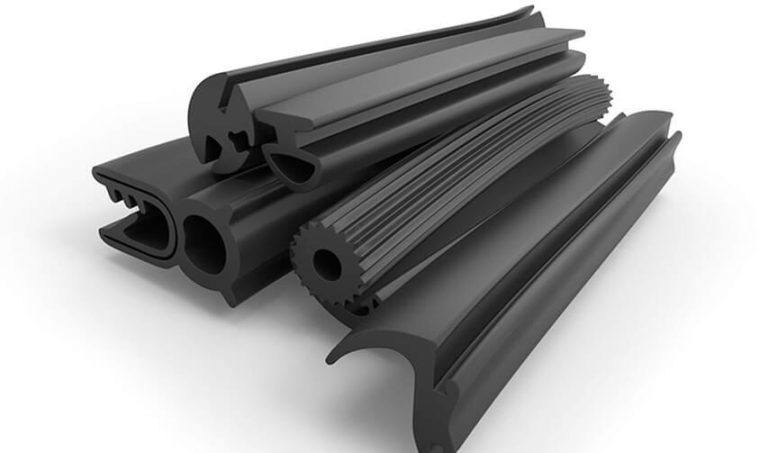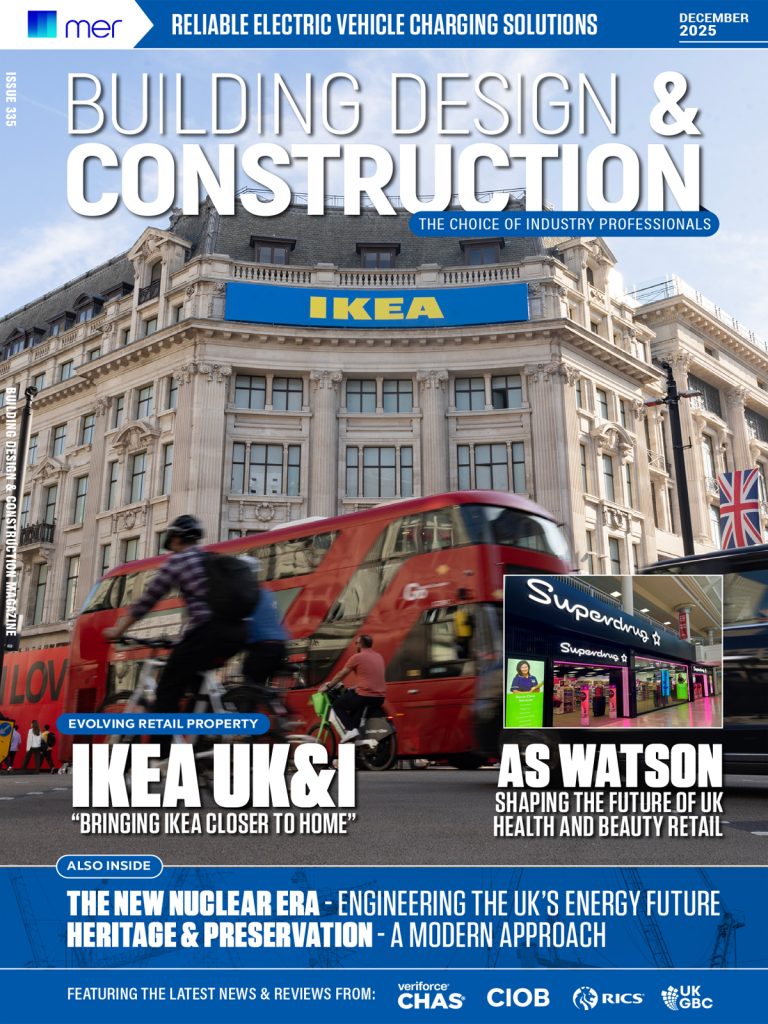We all dream of living in a home that exudes luxury and comfort, but often, the price tag associated with such upgrades can be, well, too much. It’s sometimes even hard to get cost estimations for what you want because something could just fail and make everything even more expensive for you. Needless to say, that’s something that’s far from ideal, right? Honestly, it’s up to you whether you DIY or not, but the end goal is to try and save money wherever possible. But is there a balance? For the most part, creating a luxurious living space doesn’t always mean you need to empty your bank account. While sure, maybe golden toilets and real marble floors are out of the question, not everything else needs to be. Actually, all it takes is some planning—not just planning, but some creativity, too. It’s definitely possible to add some luxury to your home without needing to break the bank. So, where do you even begin? Install a Small Summer House in Your Garden Have you ever wanted a guest house? How about a little getaway without actually getting away, like a summer house? So, just imagine having a cozy little retreat right in your backyard—a place to unwind, entertain guests, or simply enjoy a good book away from the busyness of daily life. You deserve some tranquility, and honestly, what better way? You don’t need to break the bank to achieve this luxurious upgrade. So, sure, it sounds super pricey, but there are actually a lot of prefabricated options that are both stylish and affordable. Get a Pool Hands down, a swimming pool is often seen as the epitome of luxury, but you don’t need to install an Olympic-sized pool to enjoy this indulgence. If space or budget is a concern, consider a plunge pool. If you really wanted to, you might even want to look into getting an index pool to really save some money. Overall, these smaller pools are perfect for cooling off on a hot day and can be installed at a fraction of the cost of a full-sized pool. Plus, plunge pools come in various designs and can be tailored to fit even the smallest of backyards. So yes, you can definitely afford one! Consider a Hot Tub If a swimming pool seems like too much of an investment or you live in an area that gets only a couple of hot days per year, then a hot tub can be a fantastic alternative. Yes, you read that right! Hot tubs offer the perfect blend of relaxation and luxury, providing a soothing retreat after a long day. Hot tubs are also available in a range of sizes and prices, making it easier to find one that fits your budget and space. One of the beauties of hot tubs is that you can install them just about anywhere. Plus, secondhand ones are pretty affordable, too. Replace the Bathtub and Fixtures in Your Bathroom So, this may or may not be expensive. Sometimes, bathroom renovations can get really expensive, but it all depends. Sometimes, the smallest changes can make the biggest impact, but again, it’s your call on what you want to change. Sometimes, a brand-new bathtub and installation can be less than a thousand (especially during a sale). So, with that all said, upgrading your bathroom can have a massive impact on your home’s overall feeling of luxury. Bathtubs have a way of making a bathroom look old (granted, clawfoot are timeless), but you might want to consider adding high-quality fixtures such as a rainfall showerhead, stylish faucets, and elegant lighting. These changes don’t have to be expensive but can make a significant difference in creating a luxurious atmosphere. Get a Built-In Wardrobe This one, 100%, is perfect, and you should definitely look into it! Overall, a clutter-free, organized home always feels more luxurious. Built-in wardrobes can help achieve this look by providing ample storage space while seamlessly blending into your home’s design. Now, getting a custom-built one can be super expensive, so it might be a good idea to look into DIYing it. The DIY approach using IKEA components can be surprisingly affordable, plus there are plenty of online tutorials. Look into Installing a Deck or Patio Outdoor living spaces are a hot trend, and for good reason—they extend your home’s living area and create a perfect spot for relaxation and entertaining. But are they both equal? Well, it really depends; now, if you live on a hill, you’re better off having a deck (especially if it overlooks nature), but if your yard or garden is flat, then you’re better off getting a patio instead. Patios, in particular, tend to look more elegant and can be cheaper to install than decks. It’s hard to DIY a deck, but building your own patio is fairly easy. Plus, there are usually more options when it comes to patios; for example, it’s easier to choose quality materials like natural stone or porcelain tiles and accessorize with comfortable seating, outdoor rugs, and ambient lighting. A beautifully decorated patio can provide a touch of sophistication and serve as an inviting space for family and friends. Plant Hydrangeas So this one sounds a bit odd, right? Well, if you’re on a tight budget and can only pick one thing for your home’s exterior, then this could be a great choice. It’s important to understand that creating a luxurious garden doesn’t necessarily require exotic plants or elaborate landscaping. Sometimes, simple choices can have a big impact.Hydrangeas, for instance, are a popular choice for luxurious gardens. But why? Well, if you go on Pinterest or even look at home magazines, this is a feature these homes always have. It’s all due to their lush, voluminous blooms and rich colors. Besides, planting hydrangeas as a hedge can add a touch of elegance and sophistication to your garden. They are relatively easy to care for and can thrive in various conditions. Usually, people go for the Annabelle














